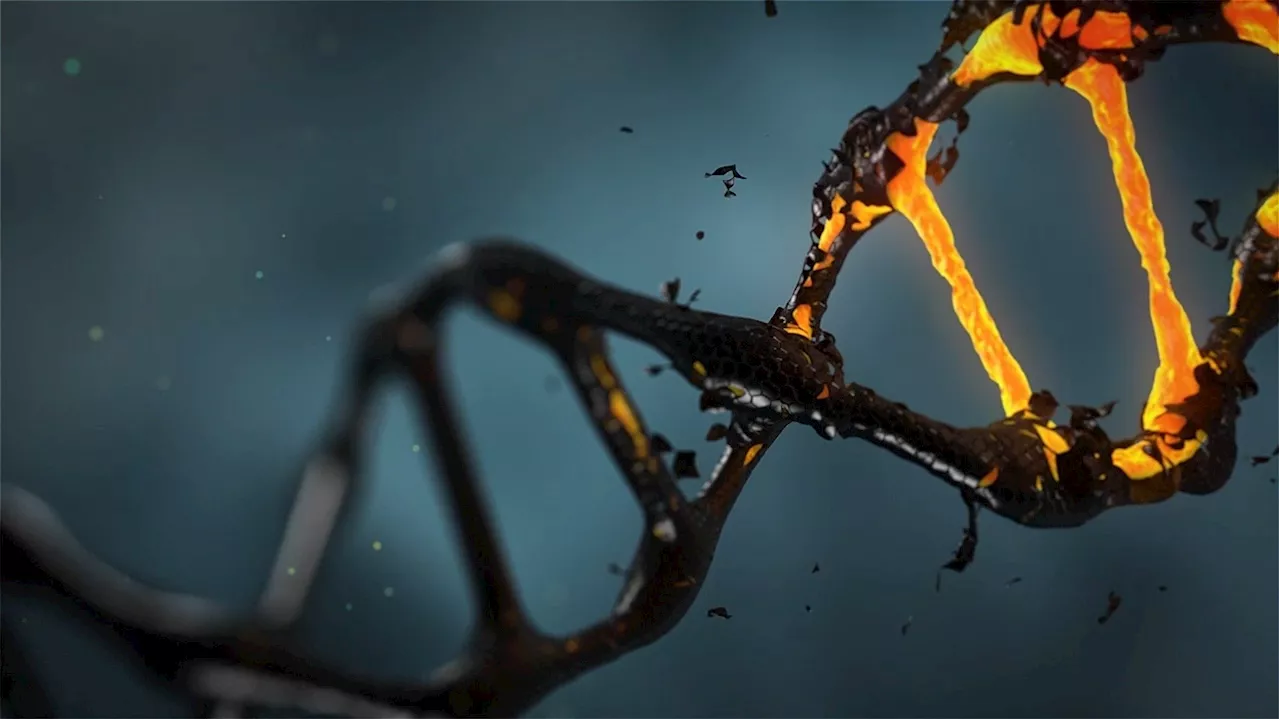This study is important because limited data is available on the impact of microplastics on sperm quality.
Scientists from the University of New Mexico have discovered concentrations of microplastics in the testicular tissue of humans and dogs. Analysis of 47 dogs and 23 human testicle samples revealed 12 types of microplastics.
This study is important because data are limited on, for example, the impact of microplastics on sperm quality. The results showed that total microplastic levels in dogs were 122.63 µg/g, while in humans, they were 328.44 µg/g.
Energy &Amp Environment Health
United Kingdom Latest News, United Kingdom Headlines
Similar News:You can also read news stories similar to this one that we have collected from other news sources.
 Researchers uncover human DNA repair by nuclear metamorphosisResearchers at the University of Toronto have discovered a DNA repair mechanism that advances understanding of how human cells stay healthy, and which could lead to new treatments for cancer and premature aging.
Researchers uncover human DNA repair by nuclear metamorphosisResearchers at the University of Toronto have discovered a DNA repair mechanism that advances understanding of how human cells stay healthy, and which could lead to new treatments for cancer and premature aging.
Read more »
 Researchers identify genetic variant that helped shape human skull base evolutionHumans, Homo sapiens, have unique features compared with other closely related hominin species and primates, including the shape of the base of the skull. The evolutionary changes underlying these features were significant in allowing the evolution of our increased brain size.
Researchers identify genetic variant that helped shape human skull base evolutionHumans, Homo sapiens, have unique features compared with other closely related hominin species and primates, including the shape of the base of the skull. The evolutionary changes underlying these features were significant in allowing the evolution of our increased brain size.
Read more »
 Challenging the Status Quo: Researchers Discover Unique Neuronal Origins in Human BrainsScience, Space and Technology News 2024
Challenging the Status Quo: Researchers Discover Unique Neuronal Origins in Human BrainsScience, Space and Technology News 2024
Read more »
 Shark conservation has been so successful that researchers are finding ways to curb human-shark interactionSharks off the Gulf of Mexico are increasingly engaging in depredation.
Shark conservation has been so successful that researchers are finding ways to curb human-shark interactionSharks off the Gulf of Mexico are increasingly engaging in depredation.
Read more »
 European Researchers Enhance Human-Robot Collaboration with Self-Adaptive Industrial RobotsIndustrial robots have been helping manufacture products and facilitate logistics for more than 60 years.
European Researchers Enhance Human-Robot Collaboration with Self-Adaptive Industrial RobotsIndustrial robots have been helping manufacture products and facilitate logistics for more than 60 years.
Read more »
 Researchers conduct first-ever study to characterize microbiota in saliva of weaned pigletsBacteria of the phyla Firmicutes and Proteobacteria, including those of the genus Streptococcus, are the most common microorganisms found in the saliva of swine, which contains a different microbiota from swine feces and the environment in which the animals live.
Researchers conduct first-ever study to characterize microbiota in saliva of weaned pigletsBacteria of the phyla Firmicutes and Proteobacteria, including those of the genus Streptococcus, are the most common microorganisms found in the saliva of swine, which contains a different microbiota from swine feces and the environment in which the animals live.
Read more »
